PROTECT YOUR DNA WITH QUANTUM TECHNOLOGY
Orgo-Life the new way to the future Advertising by Adpathway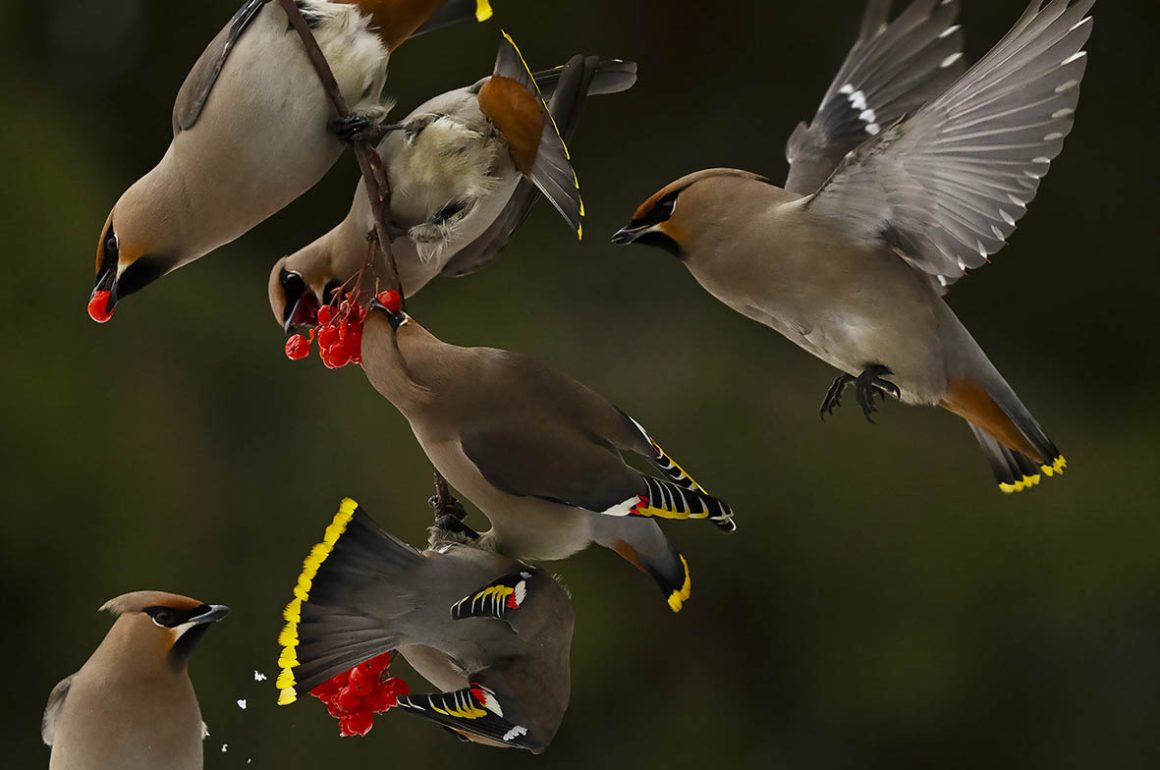
Many birds are reaching us now for the winter. Here, they join the local residents in finding ways of making it through the winter months. Conditions here in Gibraltar are not that severe, temperatures not usually dropping below +15oC for very long. All the same, insects are not as abundant as they are in spring and summer so alternative foods need to be found. In Gibraltar there is a wide range of Mediterranean shrubs that make up the matorral and many of these plants produce fruit. The fruit ripen, depending on the species, during the autumn and winter months. Each plant has its own time schedule and the schedule is designed to manipulate birds for their own ends.
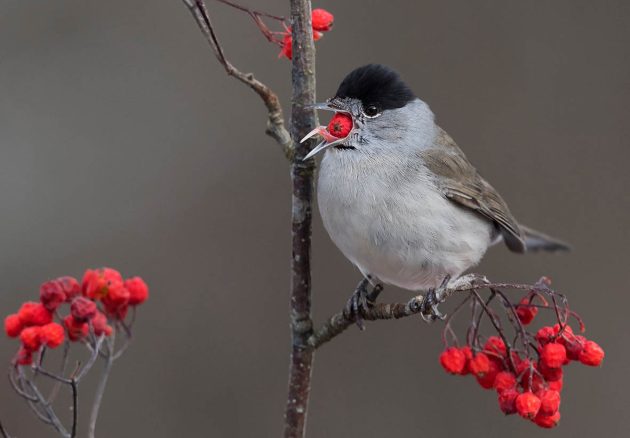 Blackcap
Blackcap 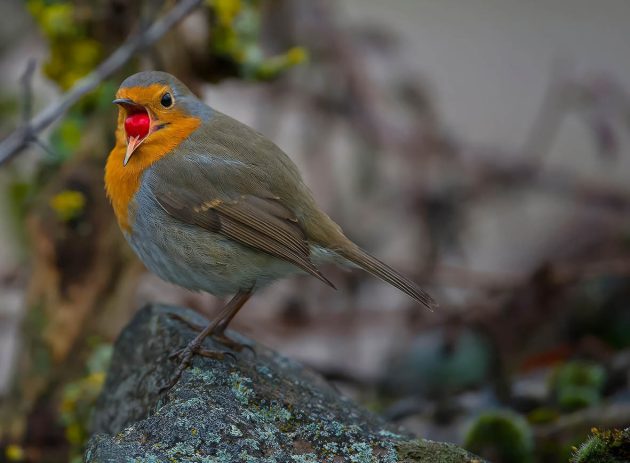 Robin
Robin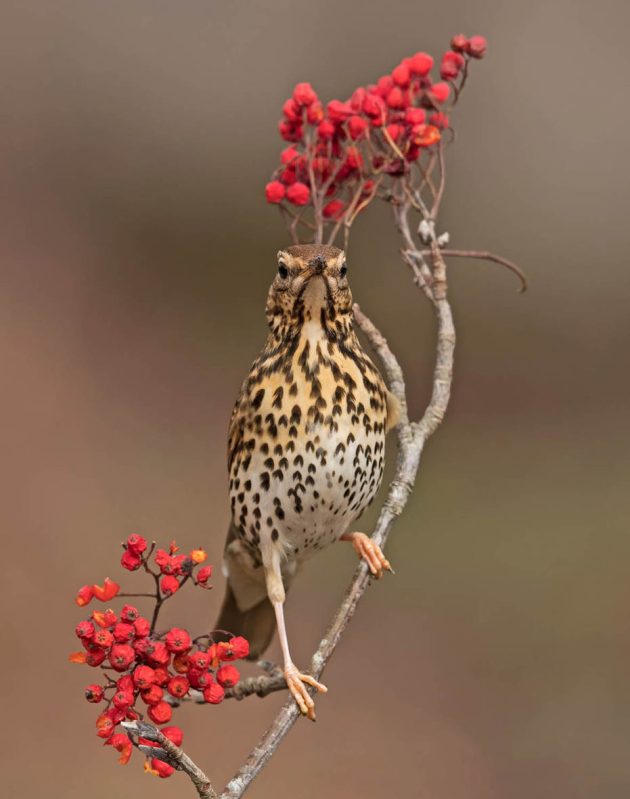 Song Thrush
Song ThrushPlants manipulating birds? Yes, that’s right. Many fruit are brightly coloured and this is a way in which the plant aims to attract the birds. The plant is investing energy into producing distinctive fruit. The investment goes further: fleshy and nutritious pulp is produced – it is of no purpose to the plant other than investment. The fruit is expected to be consumed by a bird and, with it the seed. There’s the trick. The seed passes through the gut of the bird – in some cases it will not germinate if it hasn’t done so – to be deposited away from the parent plant sometime later.
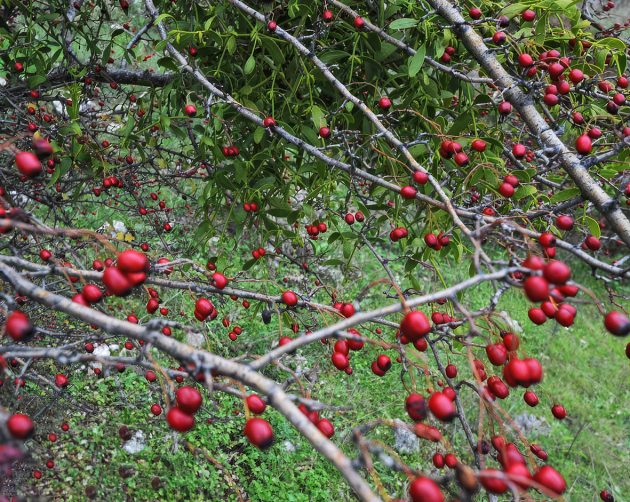 Hawthorn
Hawthorn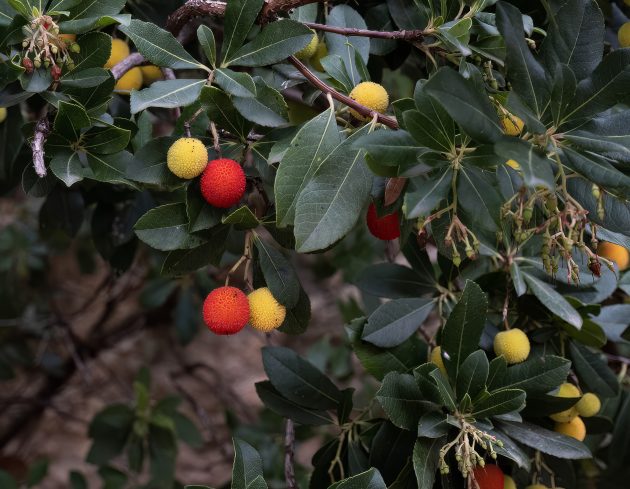 Strawberry Tree
Strawberry TreeThe plant has to balance its strategy. Too much pulp will suit the bird but may incur too much cost for the plant. Too little and the bird won’t take the bait. The timing is also important, ideally at a time when other plants are not themselves fruiting. So, in time, different plants have evolved the timing of fruiting to avoid competition with other plants.
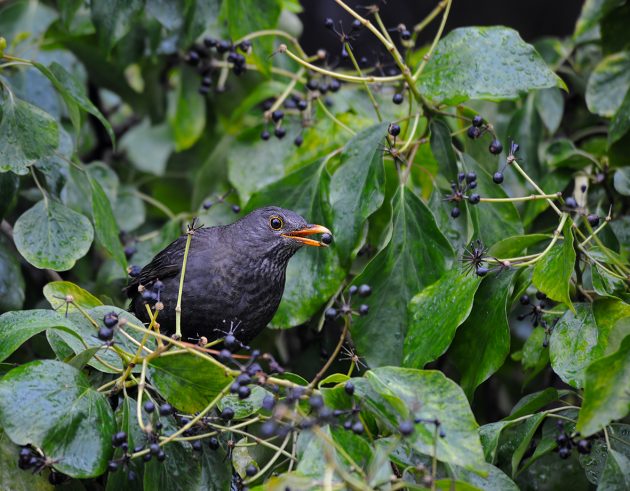 Blackbird
Blackbird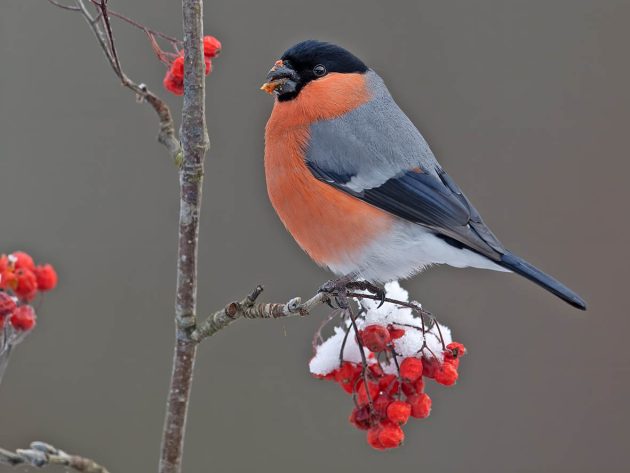 Bullfinch
Bullfinch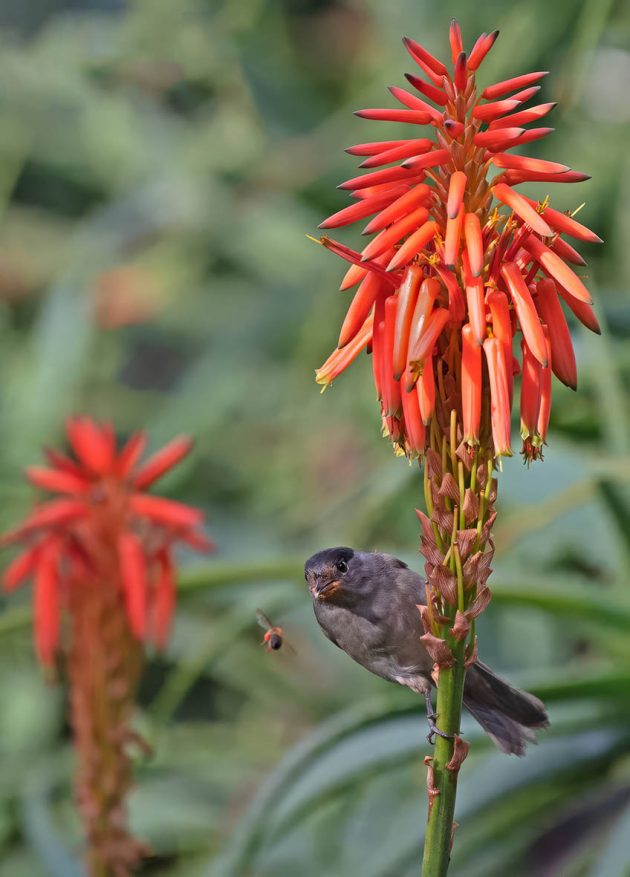 Blackcap
BlackcapThe system doesn’t always work for plants which are introduced. They may fruit at the wrong time and may not be ideally suited for the suite of birds in the new area where they don’t belong. Birds may not always play ball by swallowing the fruit and may instead just take the pulp. Although not producing fruit, South African aloes flower in the winter in Gibraltar and their bright red tube-like inflorescences aim to attract birds to their nectar, taking pollen with them. This works well with some bird species, that somehow manage to do the job of the sunbirds which the aloes have co-evolved with. But the aloes appear sterile away from their homeland and only the birds themselves benefit from the taking of the nectar. Evolution needs time and there is no quick fix.
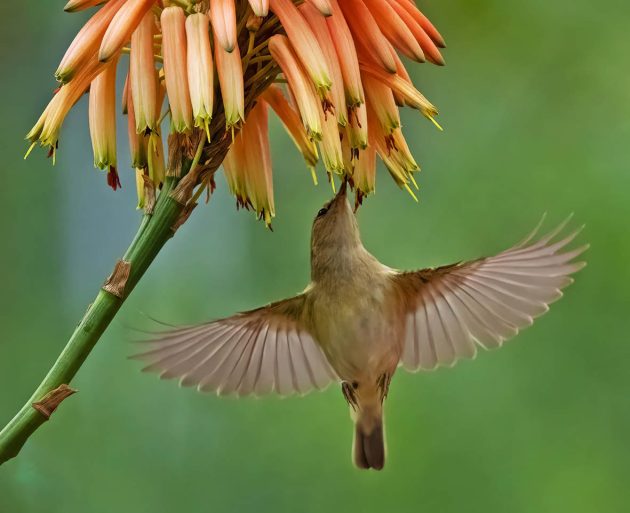 Chiffchaff
Chiffchaff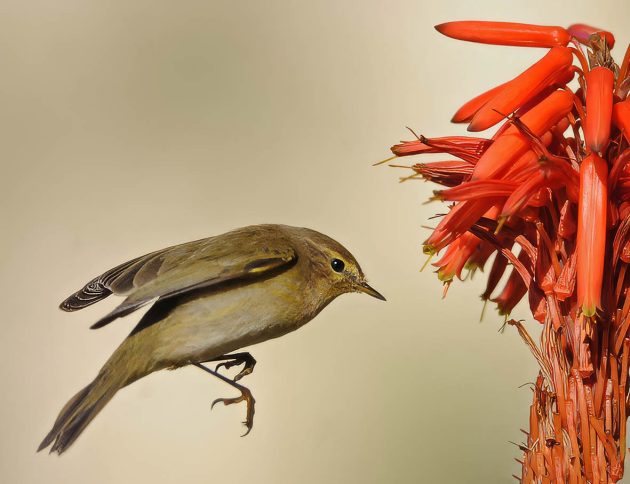 Chiffchaff
ChiffchaffWritten by Clive Finlayson
Growing up in Gibraltar, it is impossible not to notice large birds of prey, in the thousands, overhead. That, and his father’s influence, got Clive hooked on birds from a very young age. His passion for birds took him eventually to the Edward Grey Institute of Field Ornithology at Oxford University where he read for a DPhil, working with swifts and pallid swifts. Publishing papers, articles and books on birds aside, Clive is also a keen bird photographer. He started as a poor student with an old Zenit camera and a 400 mm lens; nowadays he works with a Nikon mirrorless system. Although his back garden is Gibraltar and the Strait of Gibraltar, Clive has an intimate knowledge of Iberian birds but his work also takes him much further afield, from Canada to Japan to Australia. He is Director of the Gibraltar National Museum. Clive's beat is "Avian Survivors", the title of one of his books in which he describes the birds of the Palaearctic as survivors that pulled through a number of ice ages to reach us today.




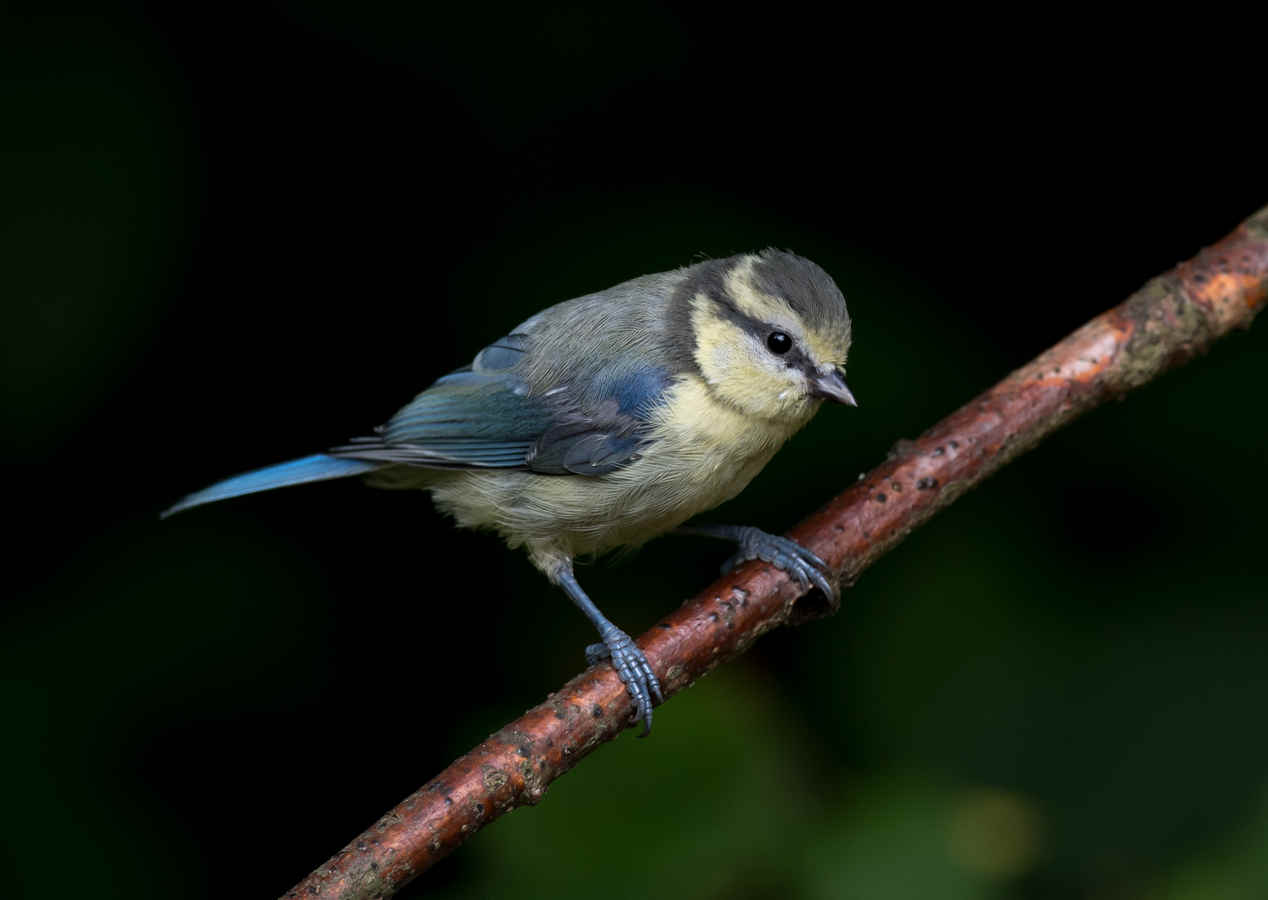


















 English (US) ·
English (US) ·  French (CA) ·
French (CA) ·